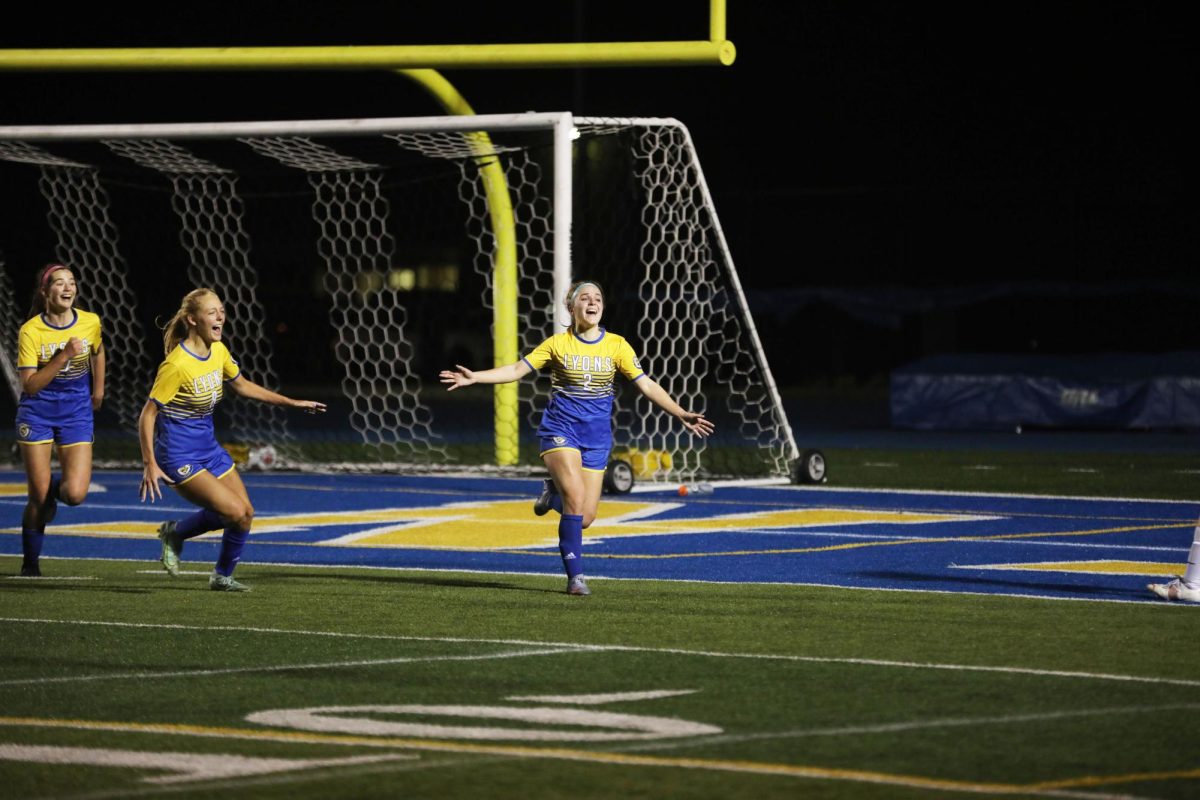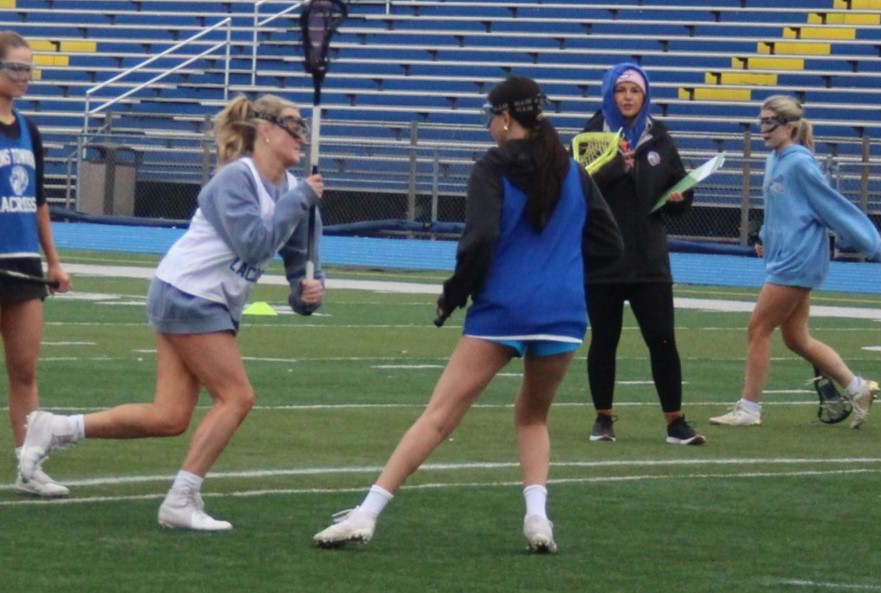Consequences of an extra year of eligibility
November 11, 2021
In the spring of 2020, the National College Athletic Association (NCAA) released a statement that granted collegiate spring sport athletes an extra year of eligibility. After COVID-19 continued into the fall and winter of that year, the NCAA granted every athlete that was affected by the COVID-19 year an extra year of eligibility.
Traditionally, players were given five years to complete four years of college competition, but with the extra year of eligibility, players now have six years to complete four years of competition.
College athletes have dedicated their whole lives and so much work to their athletic careers. It is understandable for the NCAA to give these athletes an extra year of eligibility, so they can get their full four years of play. However, this extra year has negatively impacted many incoming freshman athletes, who have dedicated just as much time to their sports as college athletes.
The 2021, 2022, and 2023 recruiting classes already faced a season without college camps and college recruiters because of the pandemic, and this extra year has only made things harder for these classes.
With returning fifth year seniors, rosters have drastically increased. As an effect, college coaches are choosing to recruit a smaller number of athletes per recruiting class, because of the roster sizes. In addition, if a college coach does need new athletes some are choosing to get new players from the transfer portal. The transfer portal is a database of every current college athlete that is interested in transferring to a different school. Although it’s understandable that college coaches would rather take known entities to their team, it hurts younger players who haven’t had the chance to prove themselves yet. I play softball and have been around recruiting for the last five years. I, and many other girls I play with, were told by college coaches this summer that “they would like to recruit us to their team, but their rosters are too large.”
Even if college coaches want to recruit more incoming players, they often don’t have the choice because of the small amount of scholarship money available. Some recruited athletes are receiving little to no scholarship money because scholarships are going to fifth year seniors. Many athletes are now unable to attend their top choice schools because they can’t afford to go to the school without scholarship money. Furthermore, since many colleges have been forced to cut sports programs because of the pandemic, they cannot be expected to increase funding for more sports scholarships.
These high school athletes have worked and dedicated so much time to their sports, and deserve the same chance to be recruited to a school like athletes had before the pandemic.Similarly, athletes who do get recruited, deserve scholarship money.
Roster management is becoming a problem with an increase in players. It has become much harder for college coaches to allocate playing time to incoming athletes. Fifth year seniors will most likely keep their starting spots, even if these spots were supposed to go to underclassmen.
At first the extra year of eligibility may have seemed like a good decision for college athletes. However, with all the downsides for recruited and non-recruited athletes, was one extra year of play for college athletes really worth negatively impacting the next four years of athletes?


















![Movie poster for [Rec] (2007).](https://www.lionnewspaper.com/wp-content/uploads/2023/04/rec-640x900.jpg)






